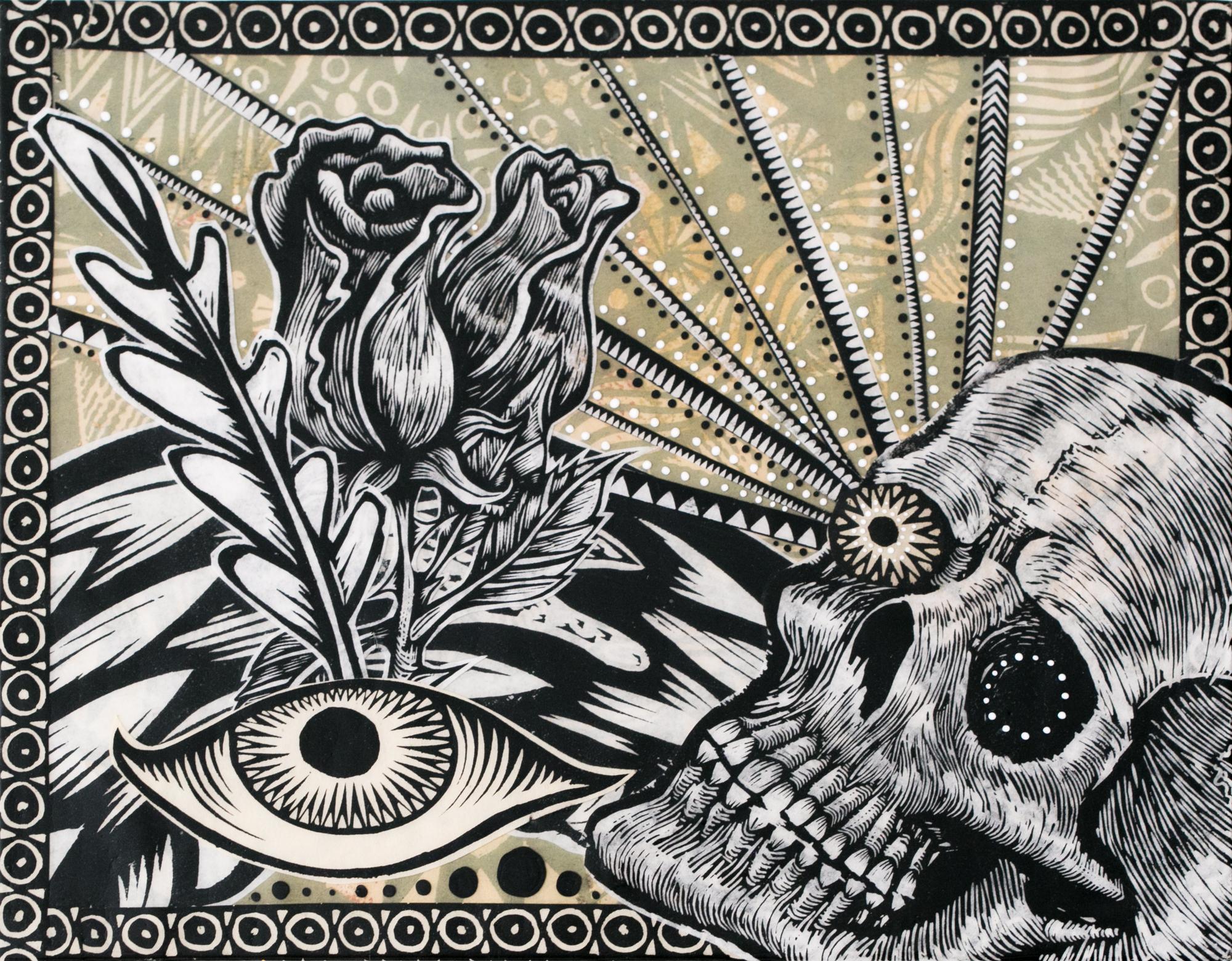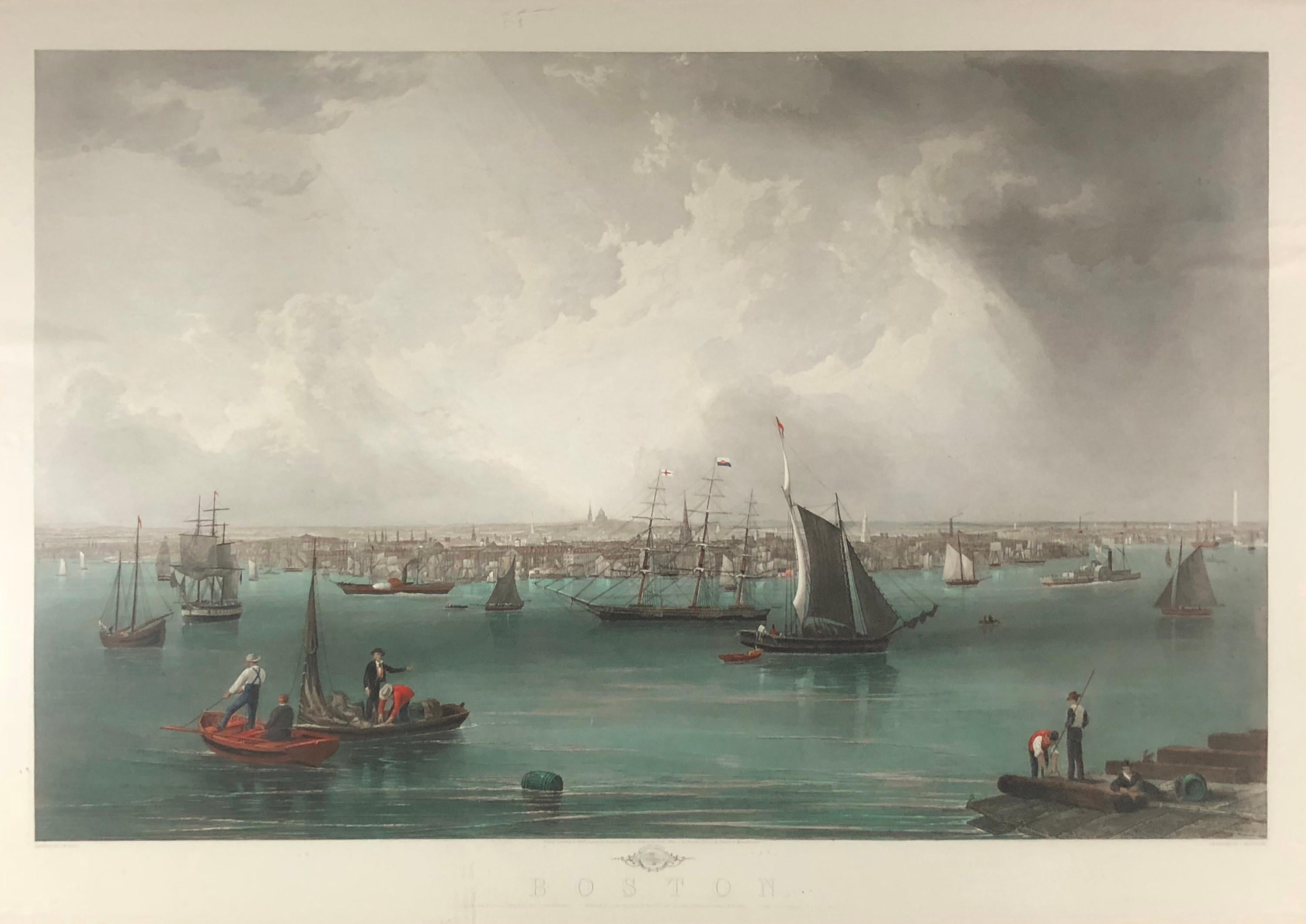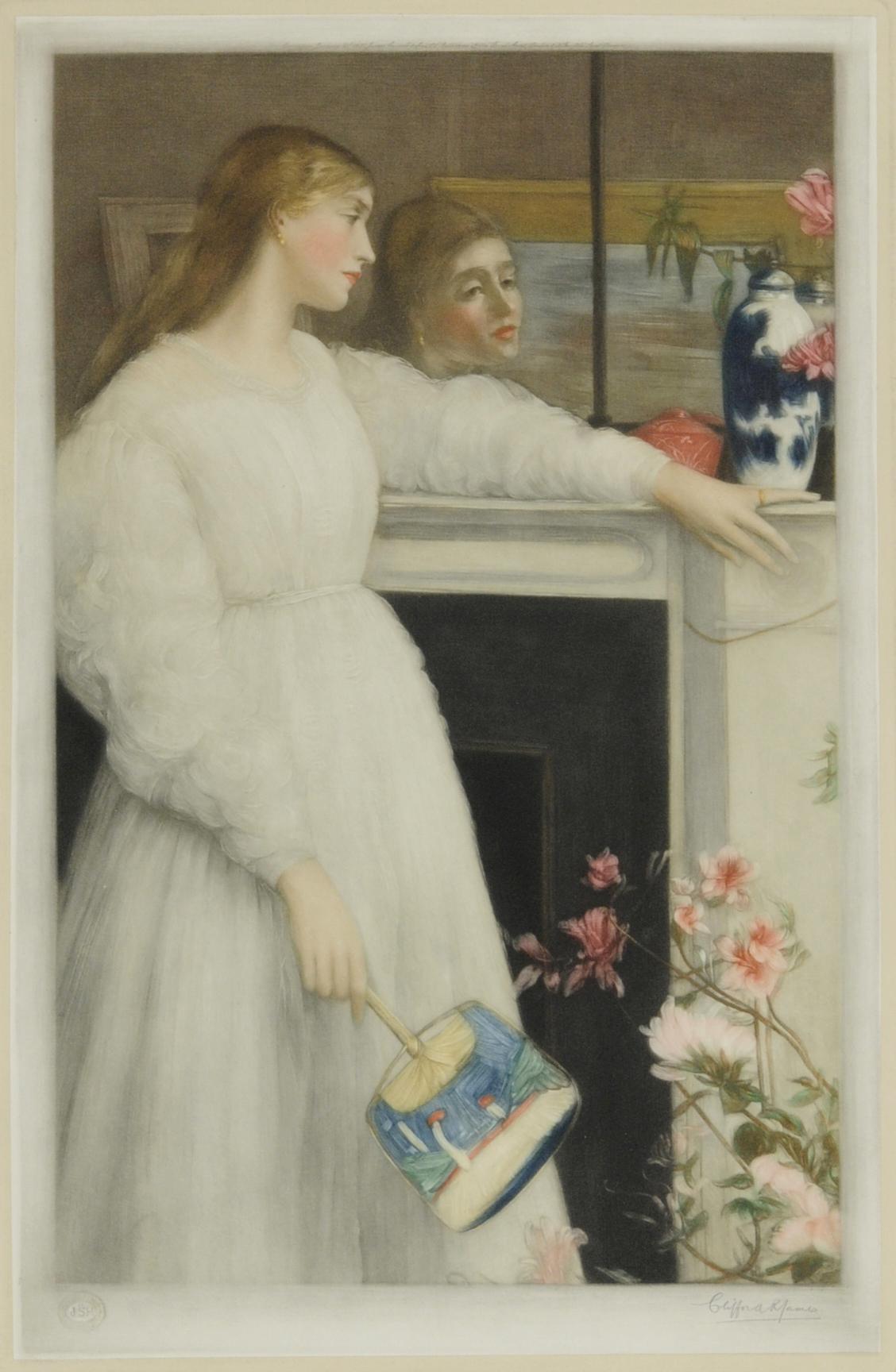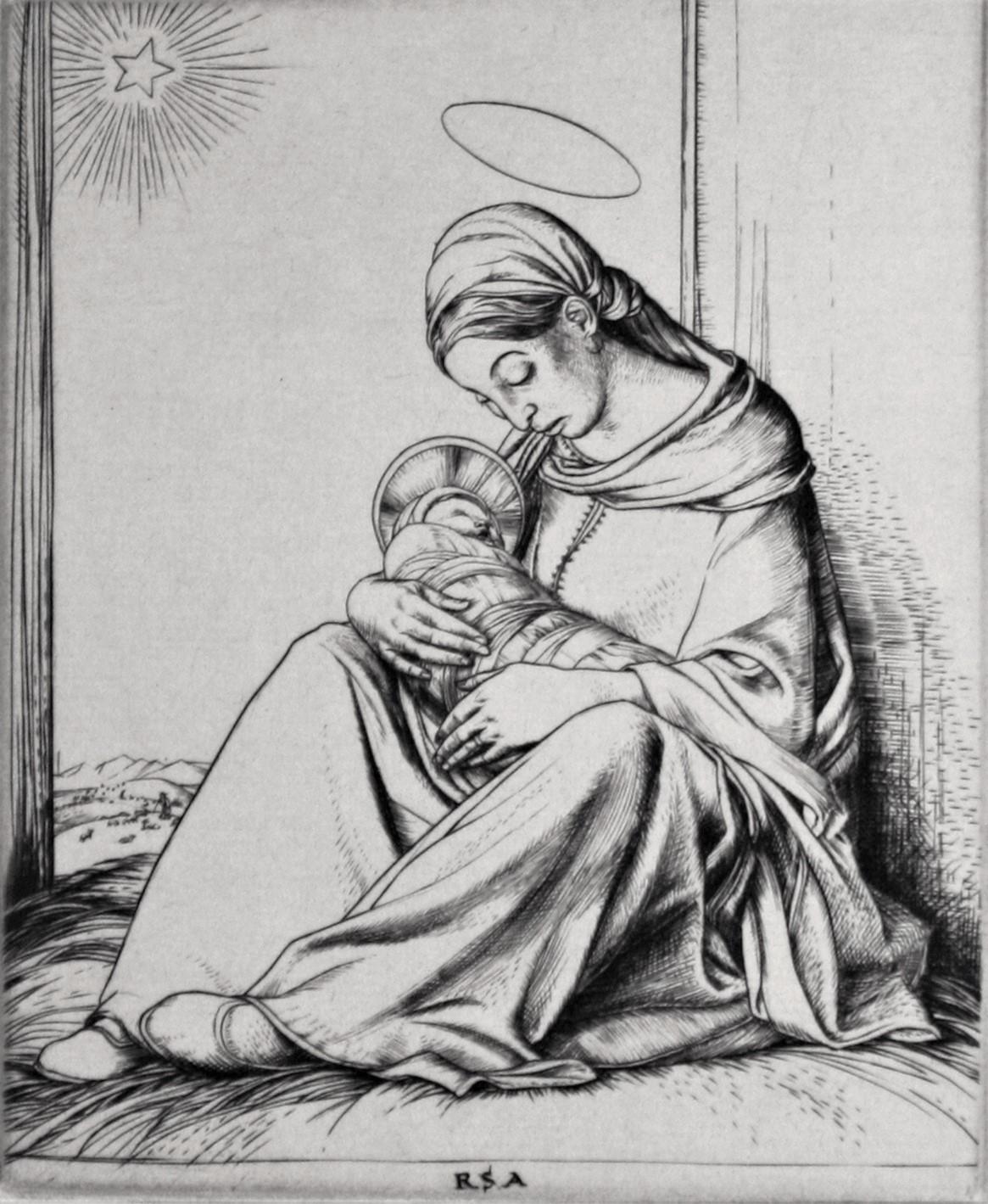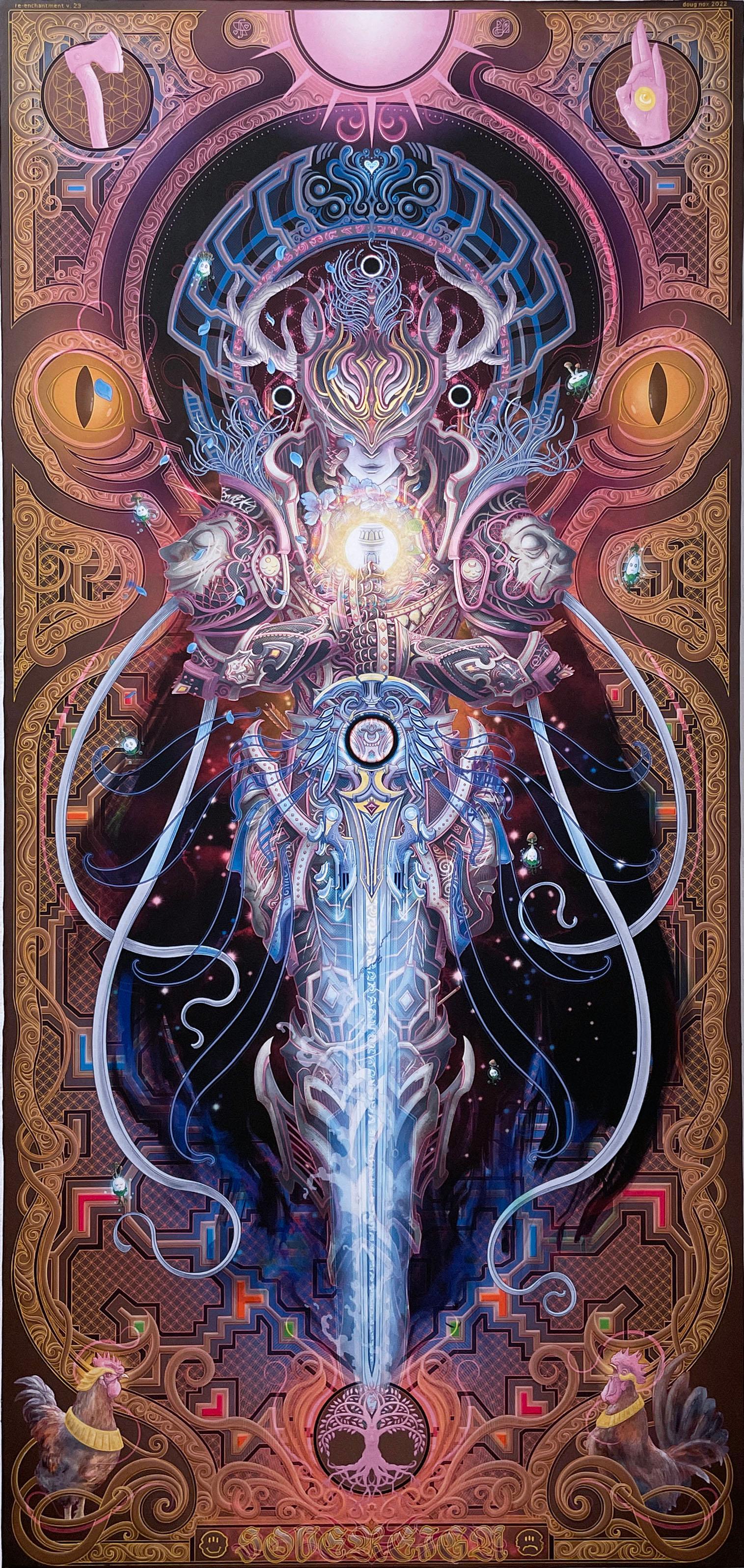Items Similar to The Virgin and the Unicorn
Want more images or videos?
Request additional images or videos from the seller
1 of 2
John Buckland-WrightThe Virgin and the Unicorn1947
1947
About the Item
John Buckland Wright (1897-1954), The Virgin and the Unicorn (large version), wood engraving in colors, 1947, the original block and a proof, the proof titled, signed and dated lower margin. Reference: The Engravings of John Buckland Wright, edited and with an introduction by Christopher Buckland Wright, L 142. 6 1/16 x 4 1/16 inches, framed.
A fine impression of this great rarity, one of the three artist’s proofs (there was no edition), together with the block.
There was an earlier small version (Ld 155), which was rejected. The background on this print is described in Buckland Wright as follows: “Experimental prints using water or oil based inks, 3 artist’s proofs. Colour block printed in the same manner aqs for those in Andre Derain’s Pantagruel. The colours in the print are similar. JBW wold have been informed of the details for printing from his friend the printer Lacouriere who directed the printing for Pantagruel. This colour block and prints were prepared for the Arts Council (Great Britain).”
In the 1930’s, 1940’s and early 1950’s three artists did a great deal to launch British engraving into the exciting waters of contemporary European art: the New Zealander John Buckland Wright and two Englishmen William Hayter and Anthony Gross. They all had French attachments and were quite independent of the influences of earlier and highly successful schools of British engraving. Buckland Wright helped Hayter to found his famous Atelier 17 in Paris. At this workshop, in which artists experimented at novel methods of printmaking, JBW (as became known by his initials) worked with artists such as Matisse, Chagall, Picasso, Miró, Dali. Later when teaching at the Camberwell and Slade Schools of Art, he was able to communicate to his pupils his experience of how these artists worked.
JBW’s work is characterized by the portrayal of the sensuous nude, in which the female form is depicted with grace and charm. The source for his artistic expssion has its origin in his experiences during the First World War. Having joined the Scottish Ambulance Service, he was seconded to the French Army at Verdun, the sector in which the French suffered the greatest devastation during the First World War. There he witnessed harrowing scenes of human devastation while rescuing wounded and dying men from the front line trenches. Following the war, JBW found relief in drawing the female figure that incorporated the romantic ideal of Greek philosophy into the very essence of the emotional expssion of his work. Through his art he was able to come to terms with the horrors he had experienced during the war and to restore unity and tranquillity to the devastated landscapes, to repair the damage that war had wrought on his love of nature. Once more he would fill his world with beauty of a timeless quality he had experienced in the gardens and countryside of New Zealand and England. He found his emotional renewal through his art. It was in this way that he was able to expss his fundamental belief in the renewal of life and of the human spirit and to rediscover the joy he felt as a young man in nature’s soothing beauty. [from Christopher Buckland-Wright, introduction to the catalogue for the show Master of the Burin, the Book Illustrations of John Buckland Wright, 2006]
- Creator:John Buckland-Wright (1897 - 1954, English)
- Creation Year:1947
- Medium:
- Movement & Style:
- Period:
- Condition:To be sold as framed, including both the wood block and the wood cut.
- Gallery Location:New York, NY
- Reference Number:1stDibs: LU51531460933
John Buckland-Wright
Buckland Wright was born on December 3rd, 1897, in Dunedin, New Zealand. He moved to England in 1908. Buckland Wright studied history at Oxford and then architecture in London. He soon realized that he wanted to be an artist more than an architect and by 1921 he was living in Belgium and was elected a member of the Gravure Originale Belge in 1925. During the 1930s, Buckland Wright lived and worked in Paris. He had several one-man shows in London and throughout the continent. JBW is a signature that is commonly found in his work. His work is held by several museums in England: the Victoria and Albert Museum, the British Museum, the National Gallery of Art, the Museum of Modern Art, and many galleries and museums in Europe and America. A master printmaker with an assured, swirling line, Buckland Wright passed on his skills after World War II when he taught at Camberwell School of Arts and Crafts, from 1948, and the Slade School of Fine Art, from 1953, the year that his book Etching and Engraving: Techniques and the Modern Trend was published. He illustrated over 50 books.
Buckland Wright died on September 27th, 1954.
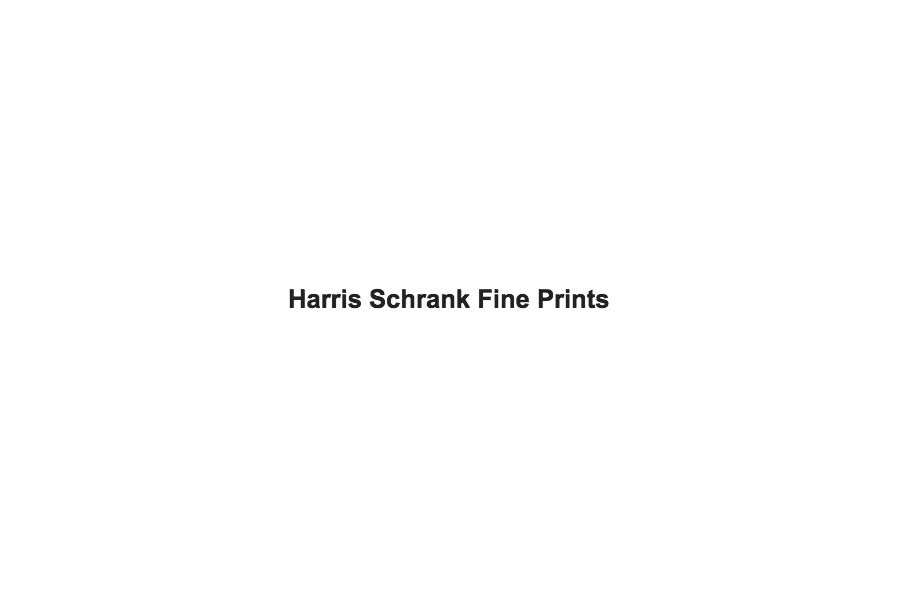
About the Seller
4.9
Recognized Seller
These prestigious sellers are industry leaders and represent the highest echelon for item quality and design.
Established in 2000
1stDibs seller since 2016
100 sales on 1stDibs
Typical response time: 3 hours
Associations
International Fine Print Dealers Association
- ShippingRetrieving quote...Ships From: New York, NY
- Return PolicyA return for this item may be initiated within 7 days of delivery.
More From This SellerView All
- La Rentree au SeminaireBy Jean-Emile LaboureurLocated in New York, NYJean-Emile Laboureur (1877-1943), La Rentree au Seminaire, 1897, woodcut, signed in ink lower right and inscribed “tire a 15 ex.” [also with monogram in the plate]. Reference: Laboureur 566, only state. In good condition, with some staining toward margin edge not affecting image, tack-holes at corners, 4 3/8 x 4 3/8, the sheet 9 5/8 x 8 1/2 inches. A fine impression, printed on a grey/green wove paper. A very early woodcut; the first time that Laboureur used a monogram within the plate. This woodcut was made shortly after Laboureur learned printmaking from the famed printmaker – and woodcut specialist – Auguste Lepere; and the composition, with its ordering of a mass of marchers, appears to be influenced by Felix Valloton...Category
1890s Abstract Geometric Figurative Prints
MaterialsWoodcut
- InvocationBy Max WeberLocated in New York, NYM a x W e b e r – – 1 8 8 1 – 1 9 6 1 Invocation- – 1919-20, Color Woodcut. Rubenstein 27. Proofs only. Signed in pencil. Image size 3 3/4 x 2 1/8 inches (124 x 54 mm); sheet size ...Category
1910s Cubist Figurative Prints
MaterialsWoodcut
- L'AmourBy Raoul DufyLocated in New York, NYRAOUL DUFY (1877-1953) L’Amour, woodcut, 1910, signed and numbered 78/100 in pencil, lower right, from the first edition of 100, in good condition, full margins, 210×255 mm; 8 1/2×10...Category
2010s Cubist Figurative Prints
MaterialsWoodcut
- AnzacsBy Jean-Emile LaboureurLocated in New York, NYJean-Emile Laboureur, Anzacs, woodcut, 1918-22, signed and numbered (7/45), the second state (of 2). Reference: Sylvain Laboureur 713. In good condition, with remains of old hinges ...Category
1910s Cubist Figurative Prints
MaterialsWoodcut
- Le Facteur RuralBy Jean-Emile LaboureurLocated in New York, NYJean-Emile Laboureur (1877-1943), Le Facteur Rural, engraving, 1924, signed in pencil lower right. Reference: Laboureur 283, third state (of 3), from the total printing of about 80. ...Category
1920s Cubist Figurative Prints
MaterialsEngraving
- Dimanche en BretagneBy Jean-Emile LaboureurLocated in New York, NYJean-Emile Laboureur (1877-1943), Dimanche en Bretagne, etching, 1939, signed in pencil lower left and inscribed “ep d’artite” lower right. Reference: Laboureur 543, second state (of...Category
1930s Realist Figurative Prints
MaterialsEtching
You May Also Like
- Kevin VisitingBy Dennis McNettLocated in Philadelphia, PA"Kevin Visiting" is an original woodcut print wheatpaste collage on wood work by Dennis McNett measuring 11.25”’h x 14.5”w x 1.75”d. Bio // Austin-based artist Dennis McNett (1972) received his MFA from Pratt institute in 2004, where he taught until 2012. He has shown internationally at The Victoria and Albert Museum in London, Me Collection Museum in Berlin, MOHS exhibit in Copenhagen, Galleria Patricia Armocida, Milano, Italy, and nationally including The Ft. Wayne Museum of Art, Museum of Print History, Houston, TX, Museum of Contemporary Art, Jacksonville, FL, and Jonathan LeVine Gallery, NYC, Known Gallery, LA. A visiting artist/lecturer at RISD, Philadelphia Academy of Fine Art, Mexi-Arte Museum, Universidad De Monterrey Monterrey, Mexico, the John Michelle Kohler...Category
21st Century and Contemporary Contemporary Figurative Prints
MaterialsWoodcut, Wood Panel
- BostonBy John William HillLocated in Missouri, MOJohn William Hill (1812-1879) "Boston" 1857 Hand-Colored Engraving Site Size: 29 x 41 inches Framed Size: 39 x 52 inches Born in London, England, John William Hill came to America with his family at age 7. His father, John Hill, was a well-known landscape painter, engraver, and aquatintist. John William had a career of two phases, a city topographer-engraver and then, the leading pre-Rafaelite school painter in this country. Employed by the New York Geological Survey and then by Smith Brothers...Category
1850s Pre-Raphaelite Landscape Prints
MaterialsAquatint, Engraving
- A Greek Idyll - Proof Etching by Robert Walker MacBeth after G F WattsLocated in London, GBROBERT WALKER MACBETH (British 1848-1910) After GEORGE FREDERIC WATTS (British 1817-1904) A Greek Idyll Proof etching Signed in pencil by both the artist l.l. and engraver l.r. Framed Plate size 42 by 54 cm., 16 ½ by 21 ¼ in. (frame size 72.5 by 85 cm., 28 ½ by 33 ½ in.) After Watt’s 1894 painting...Category
Early 1900s Pre-Raphaelite Figurative Prints
MaterialsEtching
- Symphony in White No. 2, The Little White GirlBy James Abbott McNeill WhistlerLocated in Fairlawn, OHClifford James (active 1900-1930) After James Abbott NcNeill Whistler (1834-1903) Symphony in White No. 2, The Little White Girl Color mezzotint, 1922 Signed in pencil by James (see ...Category
1920s Pre-Raphaelite Figurative Prints
MaterialsMezzotint
- Bethlehem.By Robert Sargent Austin, R.A., P.R.E., P.R.W.S.Located in Storrs, CTBethlehem. 1925. Line engraving. Dodgson 62. 6 x 4 7/8 (sheet 9 1/2 x 7 3/8). Edition 50. A rich impression printed on cream laid paper. Signed and dated in pencil. Housed in a 20 x...Category
1920s Pre-Raphaelite Figurative Prints
MaterialsEngraving
- Sovereign Sword (2022) by Doug Nox (Harlequinade), psychedelic, cosmic, gicléeLocated in Jersey City, NJ"Sovereign Sword" (2022) by Doug Nox (aka Harleqvin and the Harlequinade), psychedelic, enchanted, cosmic, giclée 43.25 × 20 × 1.75 in Surrealistic / Pastel Colors / Patterns / Graffiti and Street Art / Digital Painting and Drawing / Cosmic art / Psychedelic art Giclée print on Hahnemule rag paper mounted on wood panel; Hand embellished digital drawing giclée print painted with gold medium and glitter; hand painted multiple. Pastels, earth tones, metallics. Gold, purple, blue, pink, orange, yellow, green, red. Rich in symbolism and layered imagery and wisps of cosmic iconography -- spirit animals and protectors (roosters), symbolic objects (sword, eyes, faces, hand, tree of life). Harleqvin and Harlequinade are both street art aliases of Philly-based street artist Doug Nox (aka #noxxy). He cites Austin Osman...Category
2010s Street Art Figurative Prints
MaterialsOther Medium, Giclée, Rag Paper, Glitter, Mixed Media, Wood Panel
